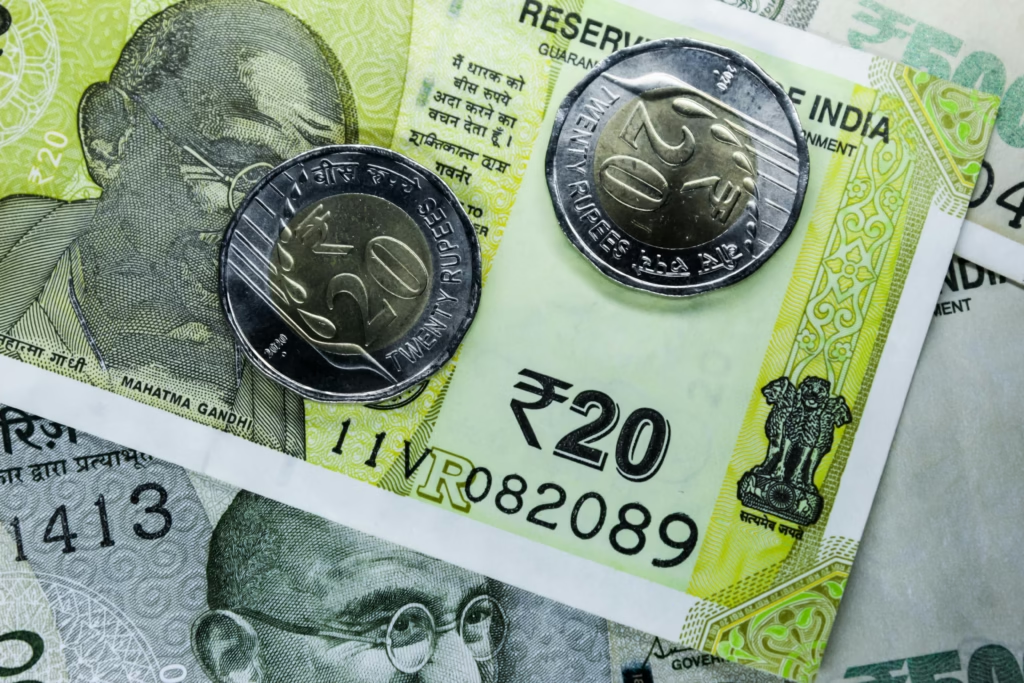Types of Budgets in India
A budget comprises government receipts and expenditures, and it can manifest in three forms based on the relative magnitudes of these components. A balanced budget occurs when government receipts match its expenditures. A deficit budget arises when government expenditures surpass its receipts. On the contrary, a surplus budget occurs when government receipts exceed its expenditures.
In summary:
-
Balanced budget:
Total Budgeted Receipts = Total Budgeted Expenditure
-
Deficit budget:
Total Budgeted Receipts < Total Budgeted Expenditure
-
Surplus budget:
Total Budgeted Receipts > Total Budgeted Expenditure
Components of Budget
The budget is fundamentally composed of two main elements: receipts and expenditures.
- Receipts are categorically divided into revenue receipts and capital receipts, while
- Expenditures are categorized into revenue expenditure and capital expenditure.
What is Revenue Receipts?
- Revenue receipts are the income receipts the government receives from various sources, such as taxes, profits from public enterprises, grants, etc. These receipts do not create any liability or decrease the government’s assets.
Revenue receipts further divided into tax and non-tax revenues.
Tax revenues, further divided into:
1. Direct Taxes: Like personal income tax and corporation tax etc.
Note:
- Other direct taxes like wealth tax, gift tax and estate duty (now abolished) have never brought in large amount of revenue and thus have been referred to as ‘paper taxes’.
2. Indirect Taxes: Like excise taxes (duties levied on goods produced within the country), customs duties (taxes imposed on goods imported into and exported out of India) and service tax.
Non-tax revenue, of the central government mainly consists of:
- Interest Receipts on account of loans by the central government.
- Dividends and profits on investments made by the government,
- Fees and other receipts for services rendered by the government.
- Cash grants-in-aid from foreign countries and international organisations are also included.
- The estimates of revenue receipts take into account the effects of tax proposals made in the Finance Bill.
What is Capital Receipts?
Capital receipts are the receipts that either create liability or reduce the government’s assets, such as borrowings, loan recovery, and disinvestment.
The primary sources of capital receipts for the central government include:
- borrowings from domestic and foreign sources,
- recovery of loans, and
- disinvestment through the resale of public sector undertaking shares.
Let’s understand all three
1. Borrowings from domestic and foreign sources
- Domestic borrowings occur when the government issues securities and treasury bills or raises funds through deposit schemes like the Public Provident Fund, Small Savings Schemes, and National Savings Scheme.
- Meanwhile, external borrowings involve loans from foreign governments and international bodies like the International Monetary Fund and World Bank, which introduce foreign exchange into the domestic economy.
2. Recovery of loans
- Additionally, when the central government recovers loans from state and local governments, it is considered a capital receipt because it reduces the debtors (assets).
3. Disinvestment through the resale of public sector undertaking shares
- Lastly, the government has been engaging in the policy of privatization of public sector undertakings, resulting in disinvestment through the sale of shares to the general public and financial institutions.
What is Revenue Expenditure?
Revenue Expenditure comprises expenses for the regular functioning of government departments and services.
- It includes interest payments on government debt and grants to state governments and other parties
- Subsidies, such as those for underpricing of goods, subsidized healthcare, and exports, also form a significant part of Revenue Expenditure.
What is Capital Expenditure?
Capital Expenditure pertains to government spending that leads to the creation of physical or financial assets or the reduction of financial liabilities.
- This includes expenses for acquiring land, buildings, machinery, equipment, investments in shares, and providing loans and advances by the central government to state and union territory governments, PSUs, and other entities.
Types of Deficits in India
1. Revenue Deficit:
- This refers to the situation where the government’s revenue expenditure exceeds its revenue receipts.
- Revenue deficit = Revenue expenditure – Revenue receipts
- The revenue deficit comprises only transactions that impact the government’s current income and expenditure.
2. Fiscal Deficit:
- Fiscal deficit is the difference between the government’s total expenditure and its total receipts excluding borrowing.
- Fiscal deficit = Total expenditure – (Revenue receipts + Non-debt creating capital receipts)
- Non-debt generating capital receipts are those receipts that do not entail borrowing or create debt, such as proceeds from the sale of Public Sector Undertakings (PSUs).
- To calculate non-debt creating capital receipts, borrowing and other liabilities are deducted from total capital receipts.
- The fiscal deficit must be financed through borrowing, reflecting the government’s total borrowing needs from all sources.
3. Primary Deficit
- The primary deficit measurement aims to highlight current fiscal imbalances.
- It reflects the borrowing due to current expenditures surpassing revenues and is derived by subtracting interest payments from the fiscal deficit.
- Total government borrowing requirements also encompass the amount attributed to interest payments on past accumulated debt.
- Primary deficit = Gross fiscal deficit – Net interest liabilities
- Net interest liabilities refer to the government’s interest payments deducted from interest receipts on net domestic lending.
Must read;
Difference Between Union Budget and Interim Budget
Thanks
Never Stop Learning!











